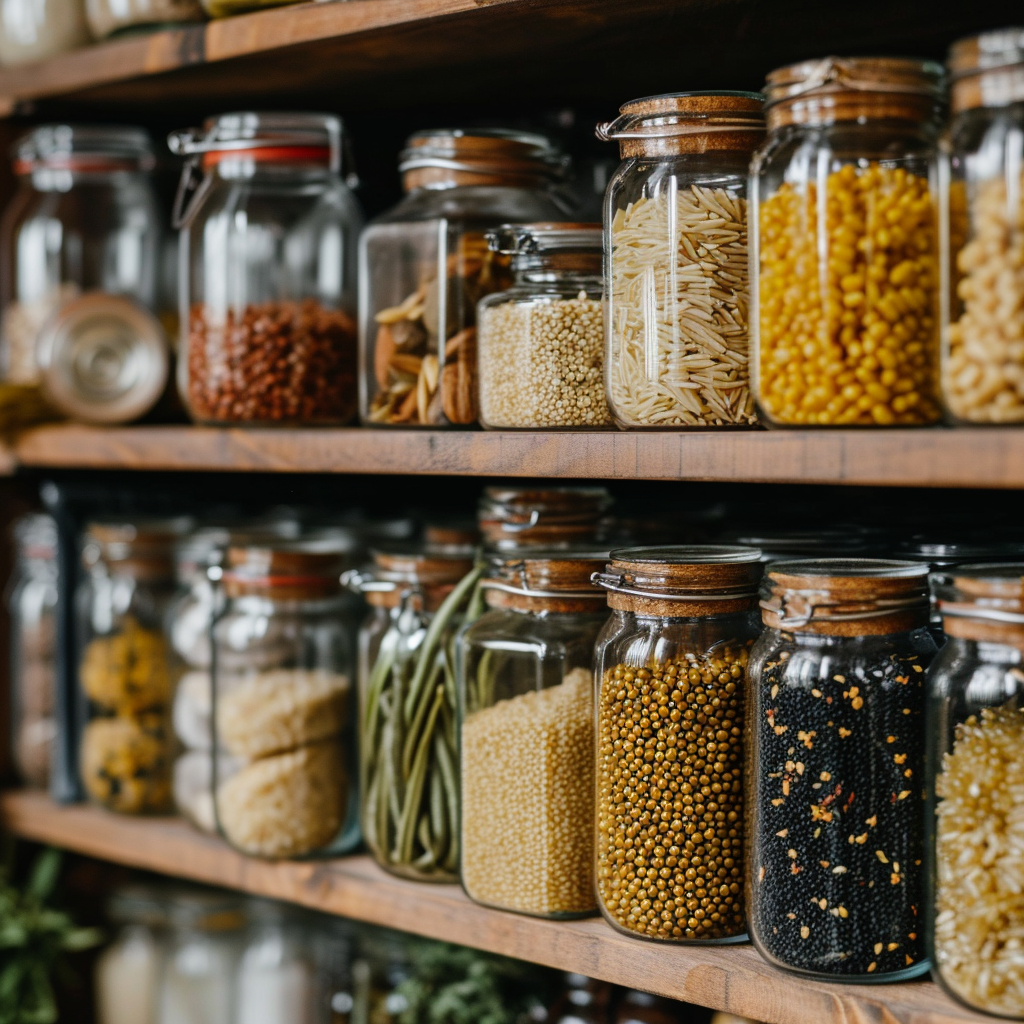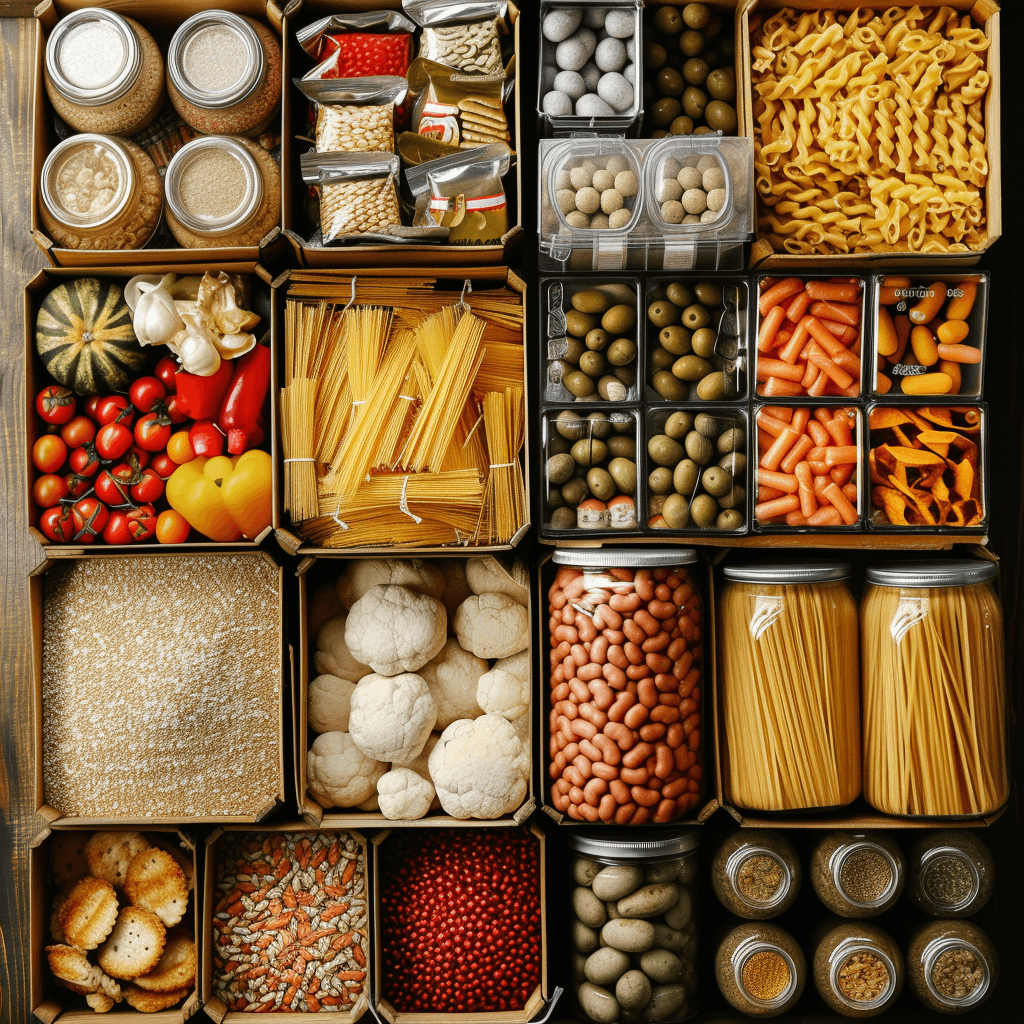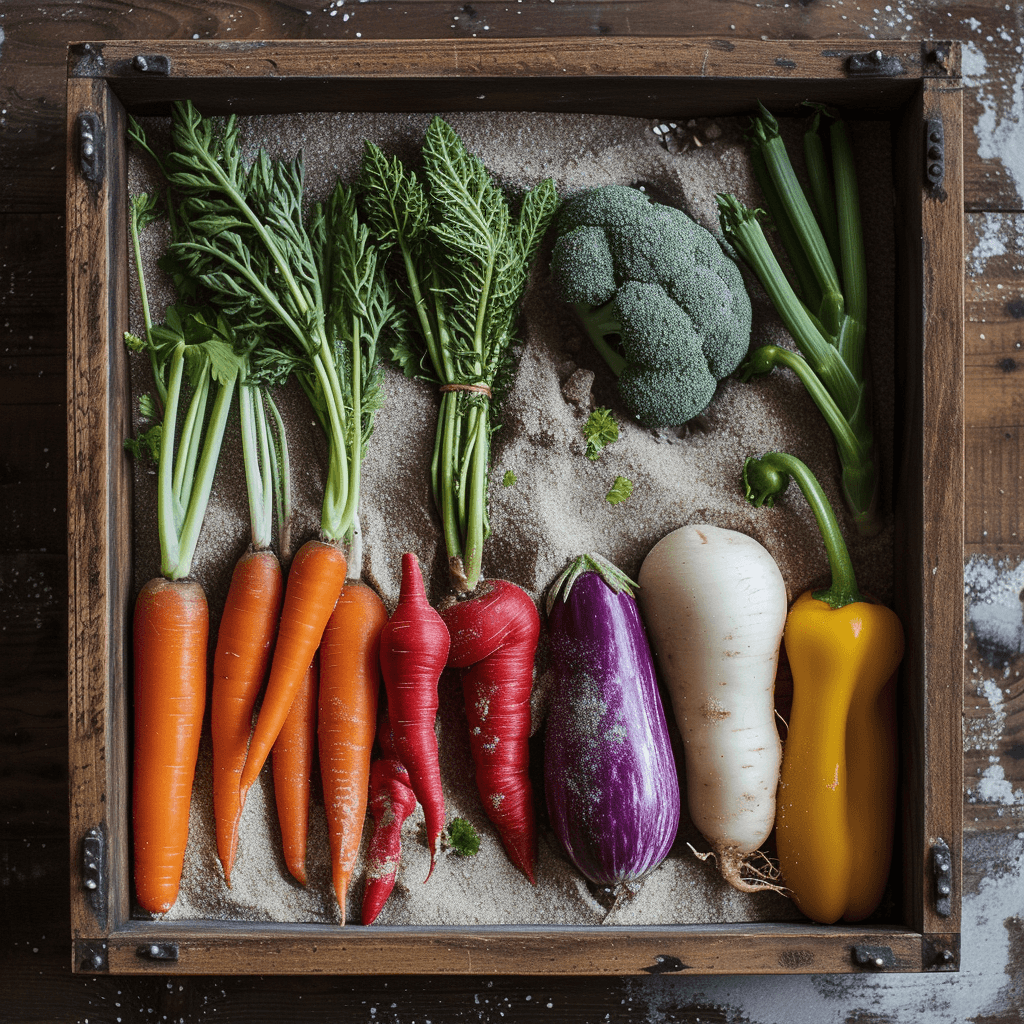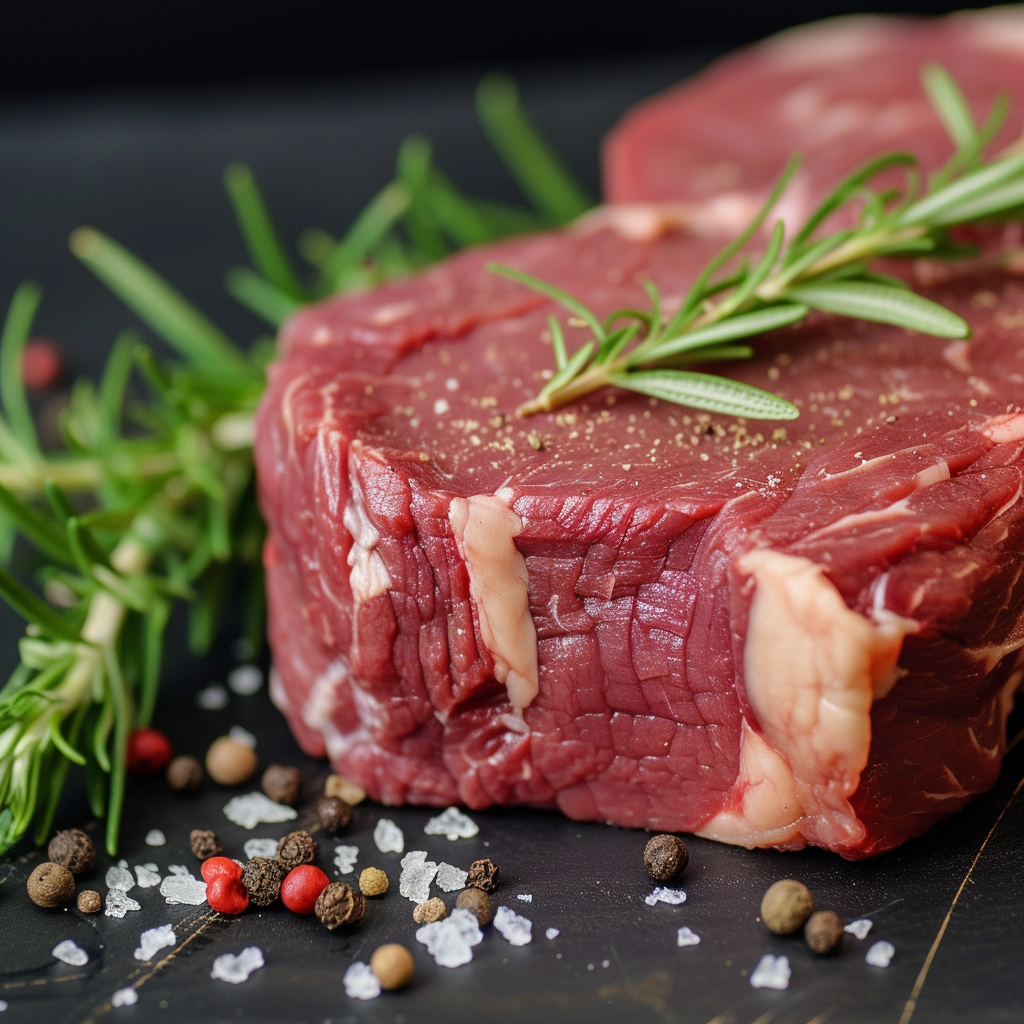Have you ever wondered how people are able to live off the grid and sustain themselves with food? Well, one of the key aspects of living off grid is having a reliable system for food storage. You might be surprised to learn that there are actually three types of food storage methods commonly used by those who choose to live self-sufficiently. In this article What Are The Three Types of Food Storage?, we will explore these three types in detail and provide you with a better understanding of how they work. So if you’re curious about food storage and the different options available, keep reading!
The first type of food storage is known as dry storage. As the name suggests, this method involves storing food in a dry environment, away from moisture and humidity. Dry storage is ideal for pantry staples such as grains, beans, and pasta. By keeping these items dry, you can prolong their shelf life and prevent them from going bad. We will delve deeper into the specifics of dry storage and provide useful tips on how to properly store your dry goods.
The second type of food storage is refrigeration. This method involves keeping perishable items like fruits, vegetables, and dairy products in a cool environment to slow down the natural spoilage process. Refrigeration is crucial for preserving the freshness and quality of these foods, and it plays a central role in modern food preservation techniques. We will discuss the importance of refrigeration in more detail and provide insights into ways to maximize the efficiency and effectiveness of your refrigeration system.
The third type of food storage is freezing. Freezing is a powerful preservation method that allows you to store food for extended periods while maintaining its taste and nutritional value. From frozen meats and vegetables to ice creams and leftovers, freezing plays a crucial role in many households. We will explore the science behind freezing and share practical tips on how to freeze and thaw different types of foods properly.
So, whether you’re interested in living off grid or simply looking to improve your food storage techniques, this article will provide you with valuable information on the three types of food storage. By understanding the principles and best practices of dry storage, refrigeration, and freezing, you’ll be able to maximize the shelf life and quality of your food, ensuring you always have a sustainable and delicious supply. So, let’s dive in and learn more about these fascinating methods of food storage!
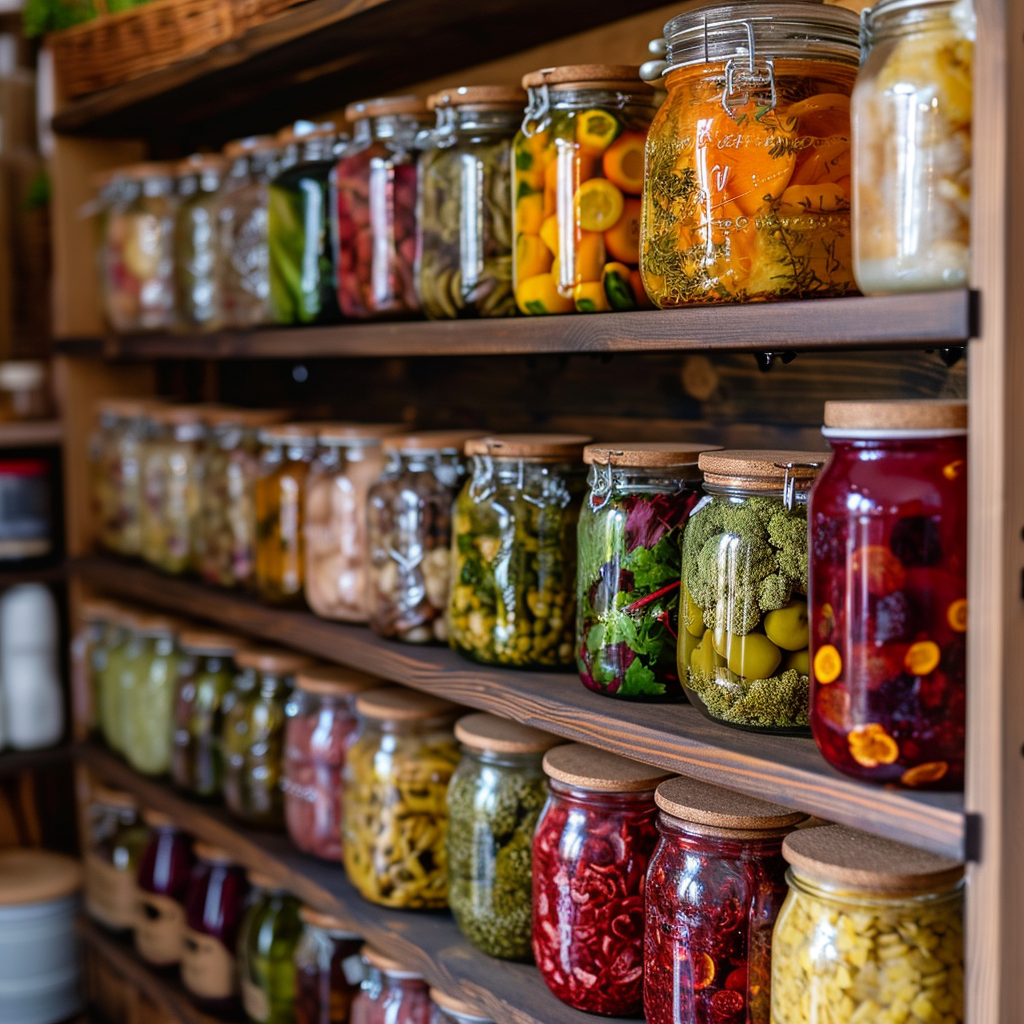
Understanding Food Storage
Food storage is a crucial aspect of any household. Whether you are an avid prepper, a survivalist, or someone who simply wants to be prepared for emergencies, understanding the different types of food storage is essential. In this article, we will explore the three main types of food storage: canned food storage, freeze-dried food storage, and dehydrated food storage. Each type has its own advantages and proper techniques for storage, ensuring the longevity and quality of your food supplies.
Canned Food Storage
Canned food storage involves preserving food in airtight containers. The process of canning involves sealing food in cans or jars and then heat processing them to kill any bacteria or microorganisms present. This method has been used for centuries and is still widely popular today.
Advantages of Canned Food Storage
Canned food storage offers numerous advantages. Firstly, canned foods have a long shelf life, often lasting for several years. This makes them an excellent option for long-term food storage. Secondly, canned foods are convenient and ready to eat, requiring no additional cooking or preparation. They are also resistant to spoilage, making them ideal for emergency situations when access to fresh food may be limited.
Popular Canned Food Products
There is a wide variety of canned food products available on the market. Some popular options include canned vegetables, fruits, meats, soups, and sauces. Canned tuna, beans, and corn are also commonly found in pantries. These products are not only versatile but also provide essential nutrients in times of need.
Proper Techniques for Canned Food Storage
To ensure the longevity and safety of your canned food supplies, it is important to follow proper storage techniques. Firstly, store cans in a cool, dry place away from direct sunlight. Excessive heat and moisture can cause the cans to deteriorate and potentially compromise the quality of the food inside. Secondly, check the integrity of the cans regularly. Ensure that there are no visible signs of damage, such as dents, bulges, or leaks. If a can shows any of these signs, it should be discarded, as it may indicate bacterial growth or spoilage.
Freeze-Dried Food Storage
Freeze-dried food storage involves removing moisture from food through a process called freeze-drying. This method preserves the flavor, texture, and nutritional content of the food, making it an excellent option for long-term storage.
Advantages of Freeze-Dried Food Storage
Freeze-dried food storage has several advantages. Firstly, freeze-dried foods have an exceptionally long shelf life, often lasting up to 25 years when stored properly. This makes them an ideal choice for those looking to stockpile food for emergencies or long-term use. Secondly, freeze-dried foods retain their original taste, texture, and nutritional value even after rehydration. This means that they provide a high-quality food source even in challenging circumstances.
Popular Freeze-Dried Food Products
Freeze-dried food products come in a wide range of options. Some popular choices include fruits, vegetables, meats, grains, and dairy products. Additionally, ready-to-eat meals and snacks are also available in freeze-dried form. These products are not only delicious but also lightweight and compact, making them perfect for camping trips, hiking excursions, or any situation where convenience is a priority.
Proper Techniques for Freeze-Dried Food Storage
To ensure the longevity and quality of your freeze-dried food supplies, follow these proper storage techniques. Firstly, store the products in a cool, dry place with a stable temperature. Avoid areas that are prone to extreme temperature fluctuations or high humidity. Secondly, keep the food in airtight containers or pouches to prevent exposure to moisture and oxygen. Finally, periodically check the packaging for any signs of damage or punctures that could compromise the contents. If a package is compromised, consume the contents as soon as possible or discard it.
Dehydrated Food Storage
Dehydrated food storage is the process of removing moisture from food to prevent spoilage and increase its shelf life. Unlike freeze-dried food, dehydrated food retains less nutritional value but can still be a valuable addition to any food storage plan.
Advantages of Dehydrated Food Storage
Dehydrated food storage offers several benefits. Firstly, dehydrated foods are lightweight and compact, making them easy to store and transport. This makes them an excellent choice for hikers, campers, or individuals with limited storage space. Secondly, dehydrated foods are relatively inexpensive compared to other food storage options. This affordability makes them accessible to a wide range of individuals seeking to build their food reserves.
Popular Dehydrated Food Products
A variety of dehydrated food products are available to suit different tastes and dietary needs. Popular options include dehydrated fruits, vegetables, meats, and even snacks like jerky. Many manufacturers also offer dehydrated meals that only require the addition of water for reconstitution. These products are not only convenient but also provide essential nutrients in times of need.
Proper Techniques for Dehydrated Food Storage
To ensure the longevity and quality of your dehydrated food supplies, follow these proper storage techniques. Firstly, store the food in airtight containers or Mylar bags to prevent exposure to moisture and oxygen. This will help maintain the flavor and texture of the food for an extended period. Secondly, keep the containers in a cool, dark place away from direct sunlight and heat sources. High temperatures can accelerate the degradation process and compromise the quality of the food. Finally, periodically inspect the containers for any signs of moisture, mold, or pests. If any are detected, discard the affected food immediately.
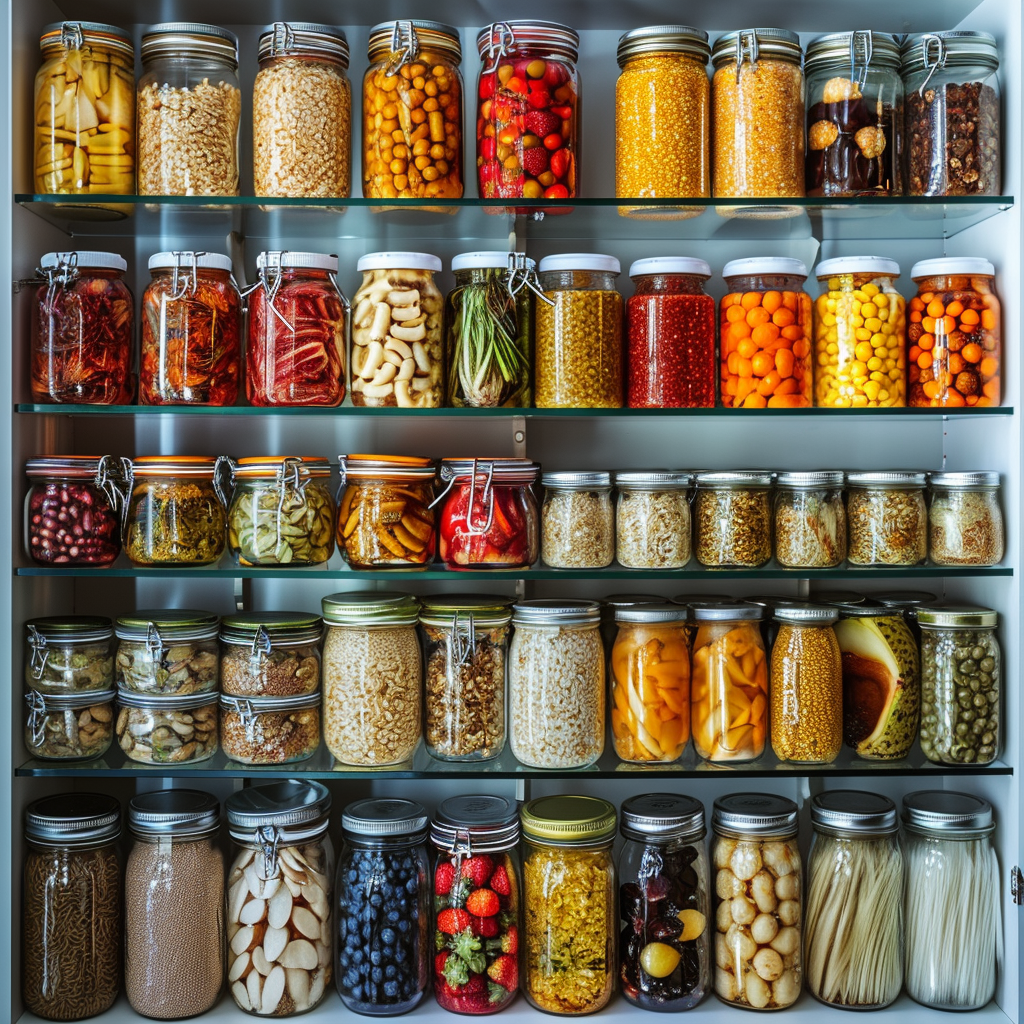
Conclusion
Food storage is an essential practice for anyone seeking to be prepared for emergencies, long-term food shortages, or simply wanting to manage their food supplies effectively. Understanding the different types of food storage and their advantages can help you make informed decisions when building your food reserve. Whether you choose canned food storage, freeze-dried food storage, or dehydrated food storage, proper techniques and storage conditions are vital for ensuring the longevity and quality of your supplies. By following these guidelines, you can be well-prepared and have peace of mind knowing that you have a stable and reliable source of food for any situation that may arise.
Remember, the key to successful food storage is planning, proper techniques, and regular monitoring of your supplies. Stay prepared, stay safe, and make food storage a priority in your life.

